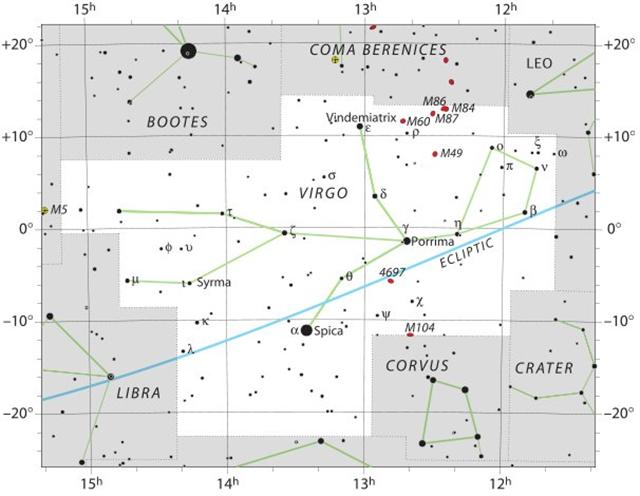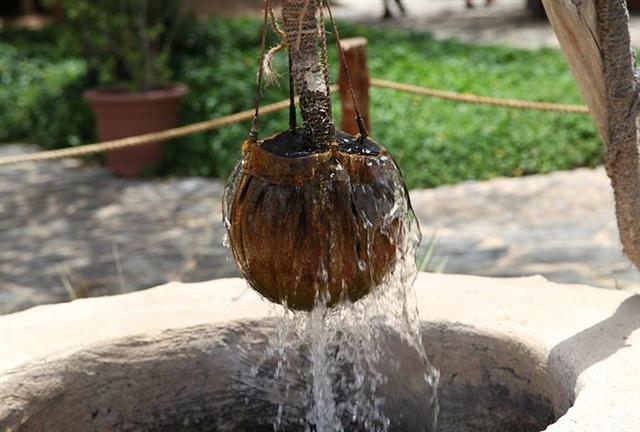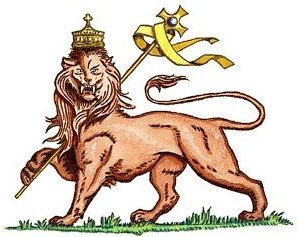|
TAHUA
19. The path down from Porrima (γ Virginis) seems to split up we can see:
And the creator of the A text here tells about a kind of correspondence between θ and ζ:
... Apam Napat is an eminent figure of the Indo-Iranian pantheon. In Hinduism, Apām Napāt is the god of fresh water, such as in rivers and lakes. In Zoroastrianism, Apąm Napāt is also a divinity of water ... Apām Napāt in Sanskrit and Apąm Napāt in Avestan mean 'grandson of waters' ... Sanskrit and Avestan napāt ('grandson') are cognate to Latin nepōs and English nephew, but the name Apām Napāt has also been compared to Etruscan Nethuns and Celtic Nechtan and Roman Neptune. In Yasht 19 of the Avesta Apąm Napāt appears as the Creator of mankind. Here, there is an evident link between the glory of sovereignty (Khvarenah) and Apąm Napāt who protects Khvarenah as the royal glory of Iranian kings. Apām Napāt is sometimes, for example in Rigveda book 2 hymn 35 verse 3, described as a fire-god who originates in water ... The reference to fire may have originally referred to flames from natural gas or oil seepages surfacing through water, as in a fire temple at Surakhany near Baku in Azerbaijan ... There is a conjecture that the word 'naphtha' came (via Greek, where it meant any sort of petroleum) from the name 'Apampat' ...
... He was moreover confronted with identifications which no European, that is, no average rational European, could admit. He felt himself humiliated, though not disagreeably so, at finding that his informant regarded fire and water as complementary, and not as opposites. The rays of light and heat draw the water up, and also cause it to descend again in the form of rain. That is all to the good. The movement created by this coming and going is a good thing. By means of the rays the Nummo draws out, and gives back the life-force. This movement indeed makes life. The old man realized that he was now at a critical point. If the Nazarene did not understand this business of coming and going, he would not understand anything else. He wanted to say that what made life was not so much force as the movement of forces. He reverted to the idea of a universal shuttle service. 'The rays drink up the little waters of the earth, the shallow pools, making them rise, and then descend again in rain.' Then, leaving aside the question of water, he summed up his argument: 'To draw up and then return what one had drawn - that is the life of the world' ...
... Heze is ζ Virginis, located *80 right ascension days before the last day in December ... ... Maui at first assumed the form of a kiore, or rat, to enter the body of Hine. But tataeko, the little whitehead, said he would never succeed in that form. So he took the form of a toke, or earth-worm. But tiwaiwaka the fantail, who did not like worms, was against this. So Maui turned himself into a moko huruhuru, a kind of caterpillar that glistens. It was agreed that this looked best, and so Maui started forth, with comical movements. The little birds now did their best to comply with Maui's wish. They sat as still as they could, and held their beaks shut tight, and tried not to laugh. But it was impossible. It was the way Maui went in that gave them the giggles, and in a moment little tiwaiwaka the fantail could no longer contain himself. He laughed out loud, with his merry, cheeky note, and danced about with delight, his tail flickering and his beak snapping. Hine nui awoke with a start. She realised what was happening, and in a moment it was all over with Maui. By the way of rebirth he met his end ...
|



.jpg)
